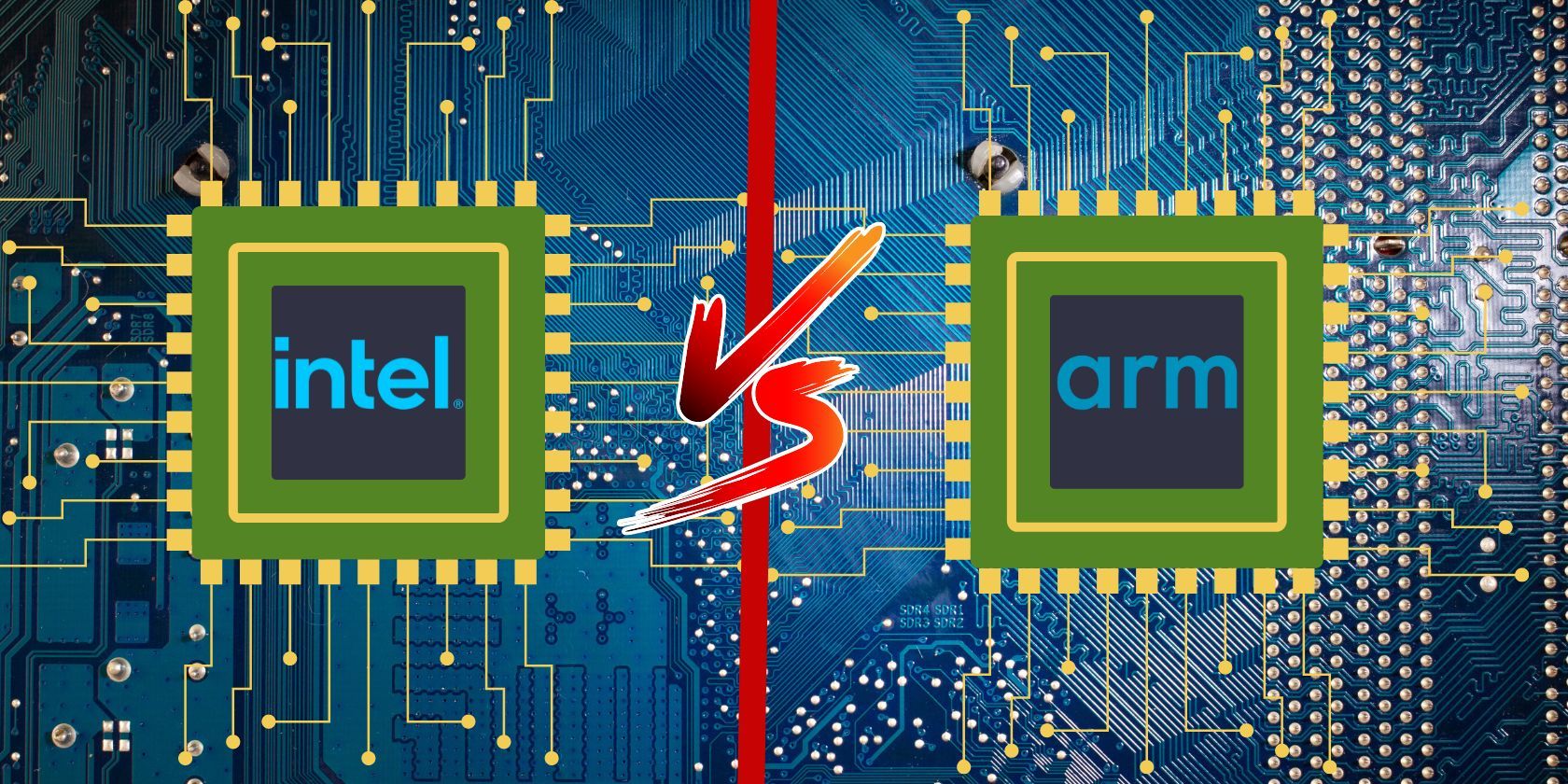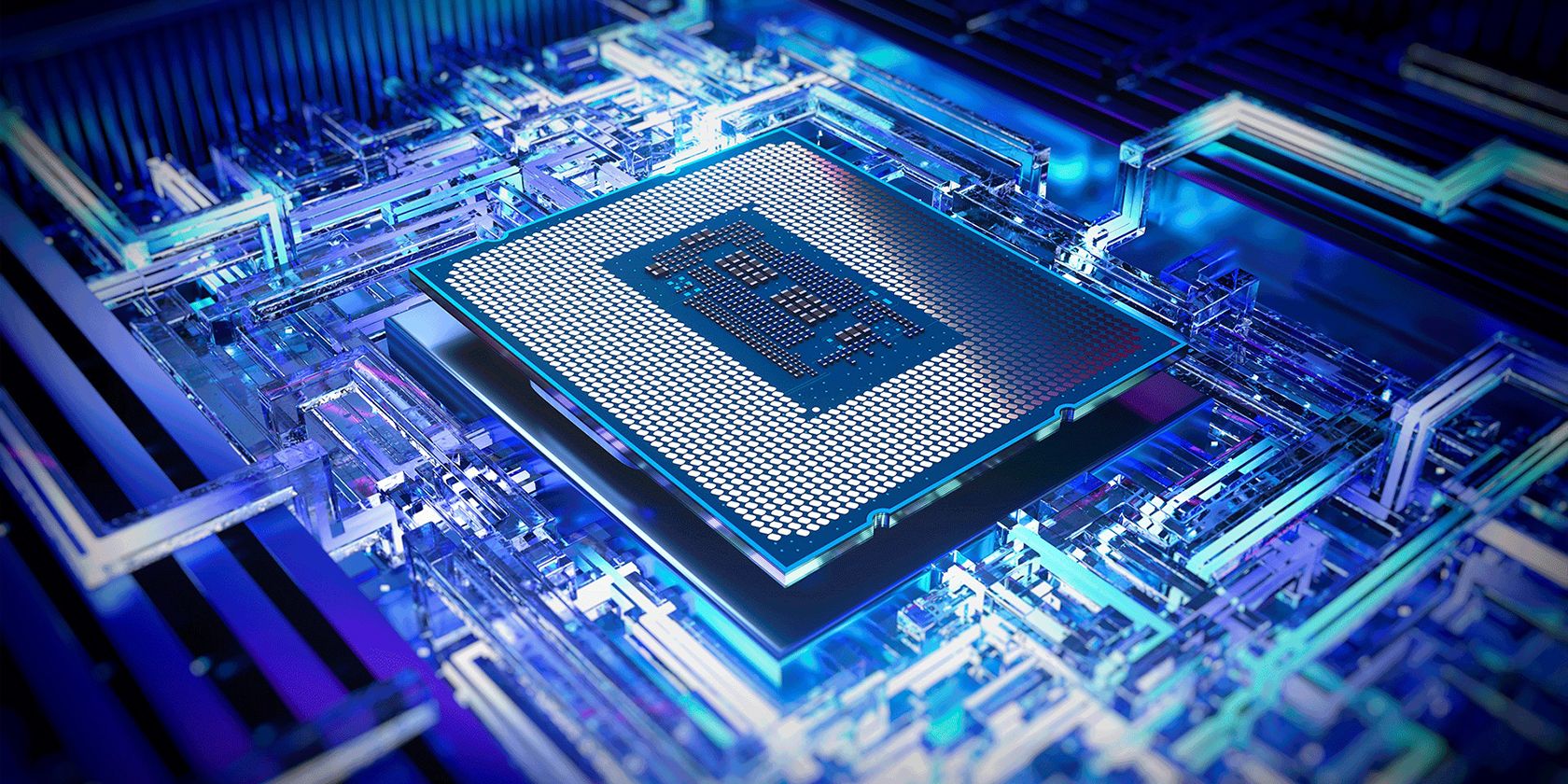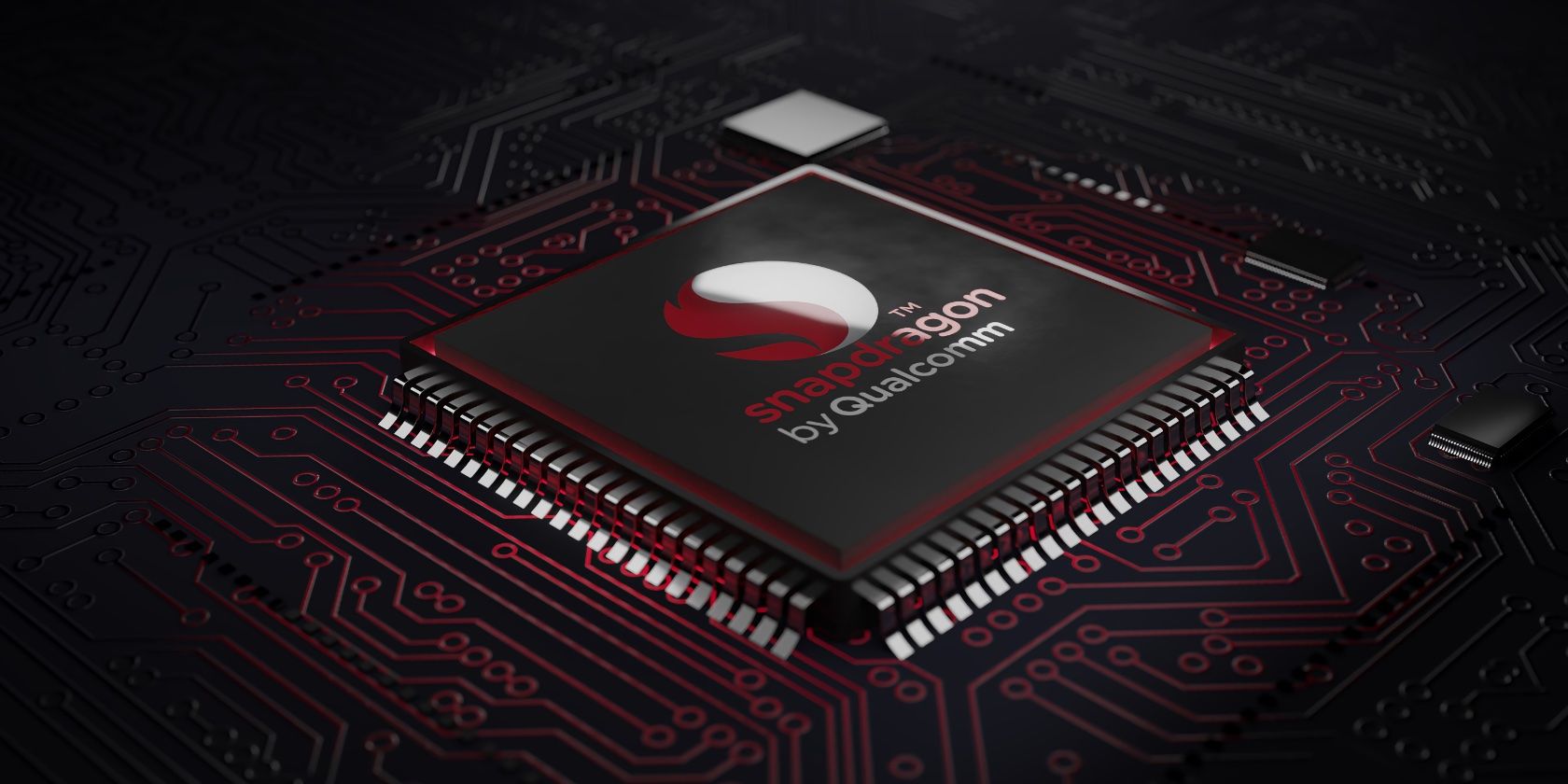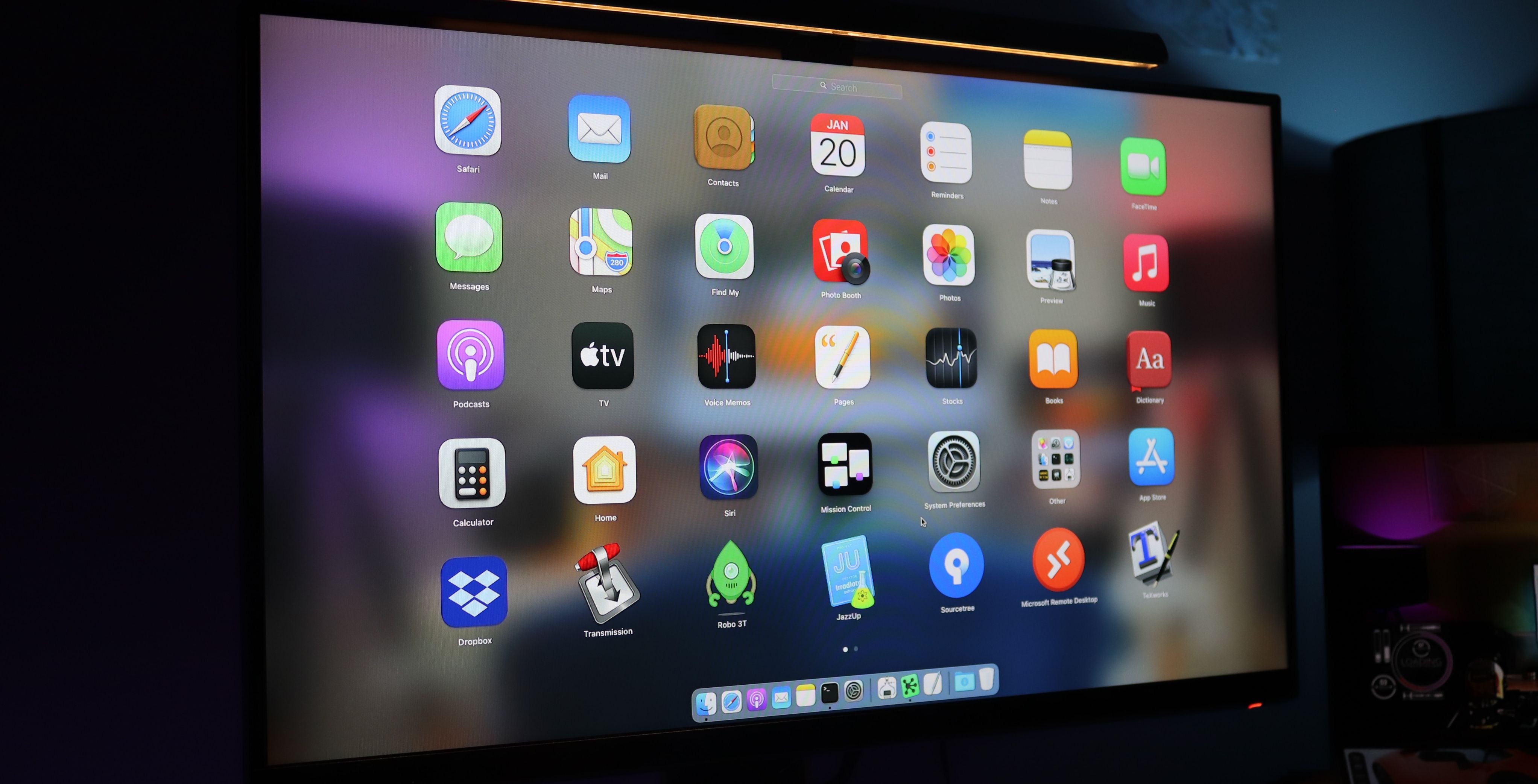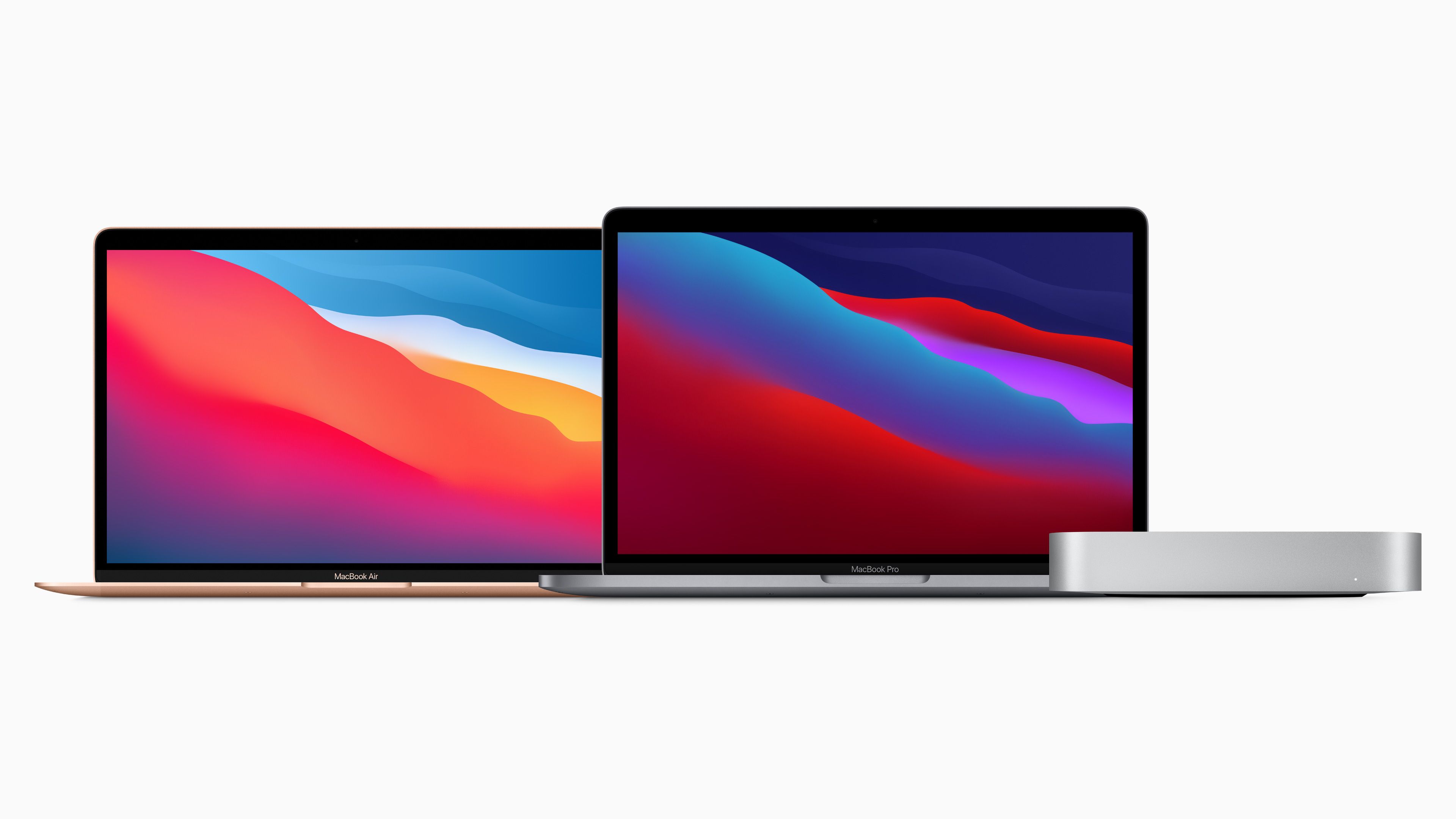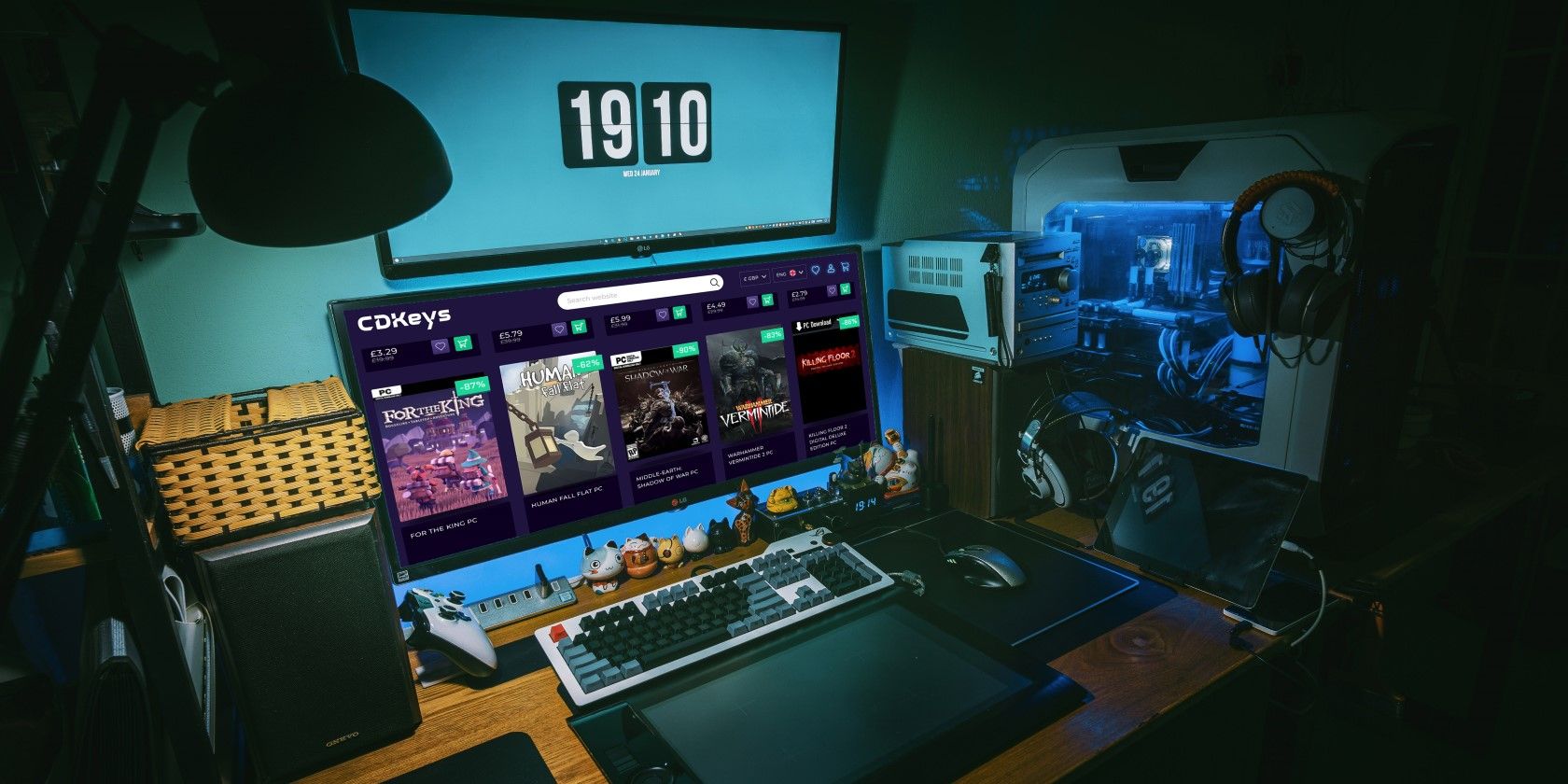ARM and Intel processors currently power the vast majority of our electronic devices. Although having the same purpose, both processors are based on different architectures, which affect how programs are developed and how chips are manufactured.
Typically, ARM processors are used in handheld devices such as smartphones, while Intel processors are used in desktop and laptop computers. However, many computer manufacturers are now also introducing ARM-powered computers. One popular example is the Apple M1 and M2 processors, which power several Mac and MacBook models.
So, how exactly are ARM and Intel processors different from each other?
Arm vs. Intel: Tech Companies That Rule the Digital World
Arm and Intel are two giant tech companies making different microprocessors for different markets. While Intel makes high-performance processors for personal computers and laptops, Arm primarily makes ARM processors for low-power devices such as smartphones, tablets, wearable tech, and various smart home devices.
We must also clarify that Arm is the company, while ARM is the processor. So, when we're talking about the company that designs microprocessors, you should see Arm. But if we're talking about the processor made by Arm, you should see ARM.
Unlike Intel, which designs and manufactures its chips, Arm is a company that designs ARM processors and licenses these designs to various companies. That's why you'll find many ARM-based smartphone processors made by different companies, like Snapdragon, MediaTek, Exynos, and Tensor.
In 2012, Intel tried making smartphone processors through its Intel Atom SoCs but was largely unsuccessful. This caused the company to concentrate less on making handheld processors and continue focusing on the PC market.
Arm, on the other hand, did have some success designing processors for low-powered laptops and single-board computers, yet still hasn't penetrated the desktop PC market just yet. However, it's worth noting that Apple's M1 chips, that Arm helped design, have shown to be capable processors, which proves that ARM processors can compete against the x86 chips from Intel and AMD.
So what is an x86 Intel processor, and how does it differ from ARM processors?
Differences Between ARM and Intel Processors
ARM processors are mainly used in mobile devices, while Intel processors are primarily used in personal computers. Although both Intel and ARM might be planning to design processors for both markets, their differences make them more suitable for specific applications. Although both processors act as the brain for electronic devices, they are different in many ways; some of their biggest differences would include the following:
1. Instruction Set Architecture (ISA)
A big part of why ARM processors are primarily used for handheld devices and Intel processors for personal computers is largely due to their use of different ISAs.
There are two types of ISA. They are the Complex Instruction Set Computing (CISC) and Reduced Instruction Set Computing (RISC). CISC is an ISA in which microprocessors are designed to handle complex tasks and calculations quickly at the expense of low power efficiency. In contrast, RISC is an ISA where processors are designed to handle simpler instructions but at high power efficiency.
Intel processors use their x86 architecture based on the CISC ISA, while ARM processors use their ARM architecture which uses the RISC ISA. Both x86 and ARM ISA are closed-source ISAs. So, no company or individual can design processors using these architectures without a license provided by Intel or Arm.
2. Software Compatibility/Support
Since the x86 and ARM ISAs are based on two very different design philosophies (RISC and CISC), software made for Intel chips cannot be processed natively by an ARM processor and vice versa. Having the majority of programs developed on a specific architecture ensures that consumers will buy a company's processor just for the sheer amount of applications available to them.
If you've ever been on the market for a new desktop CPU, you've probably noticed that your only options are either an Intel or an AMD processor. This is because most computer programs are designed for x86 processors. Since only Intel and AMD (which owns a license to use x86) can run these programs natively, they have successfully created a duopoly in the PC processor market.
ARM processors, on the other hand, have a monopoly on smartphone processors because smartphone operating systems and applications have been programmed specifically to run on ARM processors. Although other RISC-based processors contend with ARM, the amount of applications already available for ARM is a huge part of why they're used in just about any modern smartphone today.
If Arm wants a piece of the PC market, it must convince developers to port or make applications from scratch to run natively on its ARM processors. Although Microsoft Windows already supports ARM processors, ARM still needs to find a way to run software that people use daily to convince the public to buy ARM processors for their PCs.
3. Performance
Regarding CPU performance, Intel processors will significantly have better raw performance over the RISC-based processors from ARM. Since CISC-based processors are designed to do complex tasks simultaneously, they require faster clock speeds which means higher raw performance.
On the other hand, ARM processors are a lot faster than Intel processors because they are designed to work on simple tasks that don't require the same clock speeds as their Intel counterparts.
4. Efficiency
Although lacking in raw performance, ARM processors have the advantage over Intel regarding efficiency.
CISC-based processors such as Intel's x86 chips rely heavily on hardware to handle complex tasks. High-performing processors require significant power, adequate cooling, and complex manufacturing, making them very expensive.
On the other hand, ARM-based processors are optimized on both hardware and software, which makes them highly efficient processors that require very little power. Requiring little energy to operate also means relatively lower heat, allowing ARM CPUs to be embedded in a System on a Chip (SoC).
An SoC combines CPU, GPU, RAM, DSP, and telecommunication modems in one die or chip. All the essential solid-state components into one chip make an ARM process highly efficient because data doesn't have to travel far for each component in the SoC to process.
ARM vs. Intel: Which Processor Is Better?
Since Intel and ARM make different types of processors for different markets, it is hard to compare both processors in terms of performance and efficiency. Although CISC-based processors dictate a higher performing processor for its complex tasks, it doesn't necessarily mean that it will outperform a highly efficient RISC-based processor designed for PCs.
Nevertheless, Apple's ARM-based M1 and M2 computers are highly efficient and relatively powerful. Numerous tests have shown that even its base-model M1 MacBook Air can outperform CISC-based Windows laptops of similar specifications.
However, since most computers run Windows, many developers find creating apps for CISC processors more profitable. It's also why Macs typically have fewer options when it comes to apps and AAA games.
This, however, isn't true when it comes to smartphone and tablet processors. Although Intel's Atom SoC was power efficient, they just weren't as good as their ARM counterparts in terms of performance per watt. For this reason, ARM processors are still better when it comes to the smartphone market.
ARM-Based Chips Are Slowly Gaining an Edge over Intel's CISC CPUs
Just ten years ago, even Intel's entry-level CISC-based processors were far more powerful than top-of-the-line ARM-based chips. However, this is no longer the case. Apple has proven with its M1 and M2 chips that ARM-based CPUs can be as capable, if not more capable, than Intel's competing offering.
Nevertheless, this doesn't mean that the CISC-based x86 chip is on its way out. Given the large number of computers that run these chips, it will take time before Arm's ARM chips will supplant Intel's x86 offerings. But as ARM processors become more powerful and affordable, its adoption will increase, and soon enough, you'll find that ARM CPUs are powering most computers on the market.

